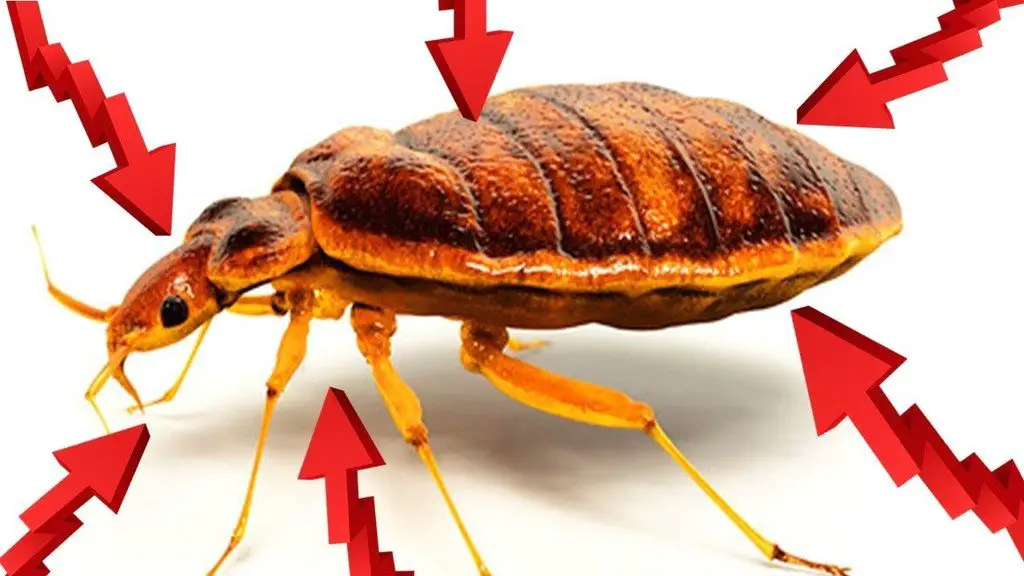Bed bugs are one of the biggest nuisances in the home. While they’re not considered dangerous, their bites can be painful and itchy, and they do carry some possible health risks.
Bed bugs are human parasites, which means that while we continue to live, bed bugs will also live alongside us. This is probably why they aren’t known to carry human diseases – it wouldn’t be in their best interest for us to disappear, after all!
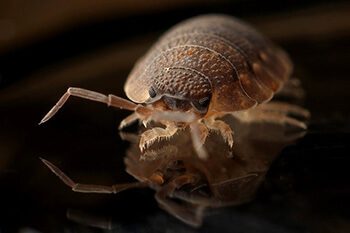
The biggest annoyance that comes from bed bugs is the incessant itching that’s often caused by their bites. If you’re bitten by a bed bug, you’ll probably experience red bumps or welts on your skin a few days after the insect has struck. Sometimes, your reaction to the bite might even take up to a week or two, and some lucky people don’t experience any bumps or itching on their skin at all.
Bed bugs are tiny, and you usually won’t be able to see them by eye unless you’re looking really closely for them. So, how do you know if you’ve been bitten by the pesky insects? Check out your mattress, pillows, and bedsheets, and look out for bloodstains, eggshells, or shed bed-bug skin.
You can also take a look at your bites. They should look a little like mosquito bites, but they tend to stay on your skin for much longer, often two weeks or more. The bites are often so itchy that you won’t be able to stop scratching them – and that’s where the potential for infection comes in.
The only way to stop yourself from being bitten is to get rid of the problem at its source. You’ll need to fully eliminate bed bugs from your home to prevent the risk of reproduction leading to a repeat infestation. To do this, you could douse your home with chemical products – but not everyone will prefer to take such drastic measures.
If you’re looking for DIY methods to get rid of bed bugs from your home, here are some of the quickest, easiest, and most effective:1. Washing clothes and bedding in hot water
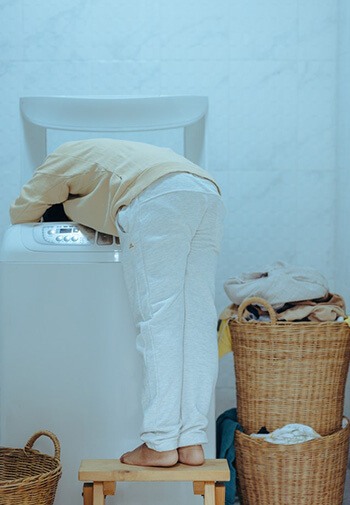
Experts say that a temperature of 50 degrees Celsius will kill all stages of a bed bug's lifecycle. It’s a good idea to maintain this heat for at least 20 minutes, preferably an hour. Washing your clothes or bedding in hot water should be enough to kill them, but if you want even more reassurance, spinning them in a hot dryer will definitely kill them.
If you don’t have access to a washing machine or a dryer, you can still kill the critters by stuffing your bug-infested clothes or bedding in a bin bag, sealing it, and putting it out in the sun on a hot day. As long as the inside of the bag reaches 50 degrees Celsius and stays that way for 20 minutes, you’ll effectively kill the bugs in question.
2. Freezing bug-infested clothing and bedding

Just as bed bugs hate high heat, they hate freezing temperatures too. Items like shoes, clothes, jewellery, books, and toys can all safely be stored in a freezer for several hours or overnight to kill the bugs, by causing ice to form in their insides.
You’ll just need enough space inside your freezer, and it needs to be at a temperature of minus eighteen degrees Celsius or below. Put the items into plastic bags and leave them for at least two hours.
In this case, putting your belongings in a plastic bag and leaving them outside in cold temperatures won’t be enough. The colder the temperature, the quickly and more effectively a bed bug will be killed.
Unless you live in the Antarctic, it’s unlikely that your outdoor temperatures will fall low enough to kill a bed bug by freezing. Even the smallest bed bugs can survive in temperatures as low as minus 15 degrees Celsius.
3. Apply silica gel to your carpets
Even when you successfully remove bed bugs from your furniture and other items, they may still be hiding in your carpets. Once you’ve cleaned the rest of your home, you’ll need to give your carpet a deep clean to ensure there are no more lingering bugs.
First, you can use double-sided tape to trap the bugs. Apply it around the outsides of your carpet, where bed bugs may crawl when they’re trying to avoid being too noticeable. Focus especially on areas of carpet near cracks or holes in your walls.
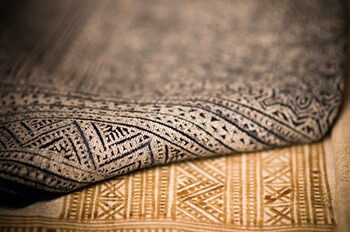
Next, spread some DIY bed bug powder onto your carpets. Silica gel – aka the stuff that comes in a little packet with some dried food products – is a particularly effective formula against bed bugs.
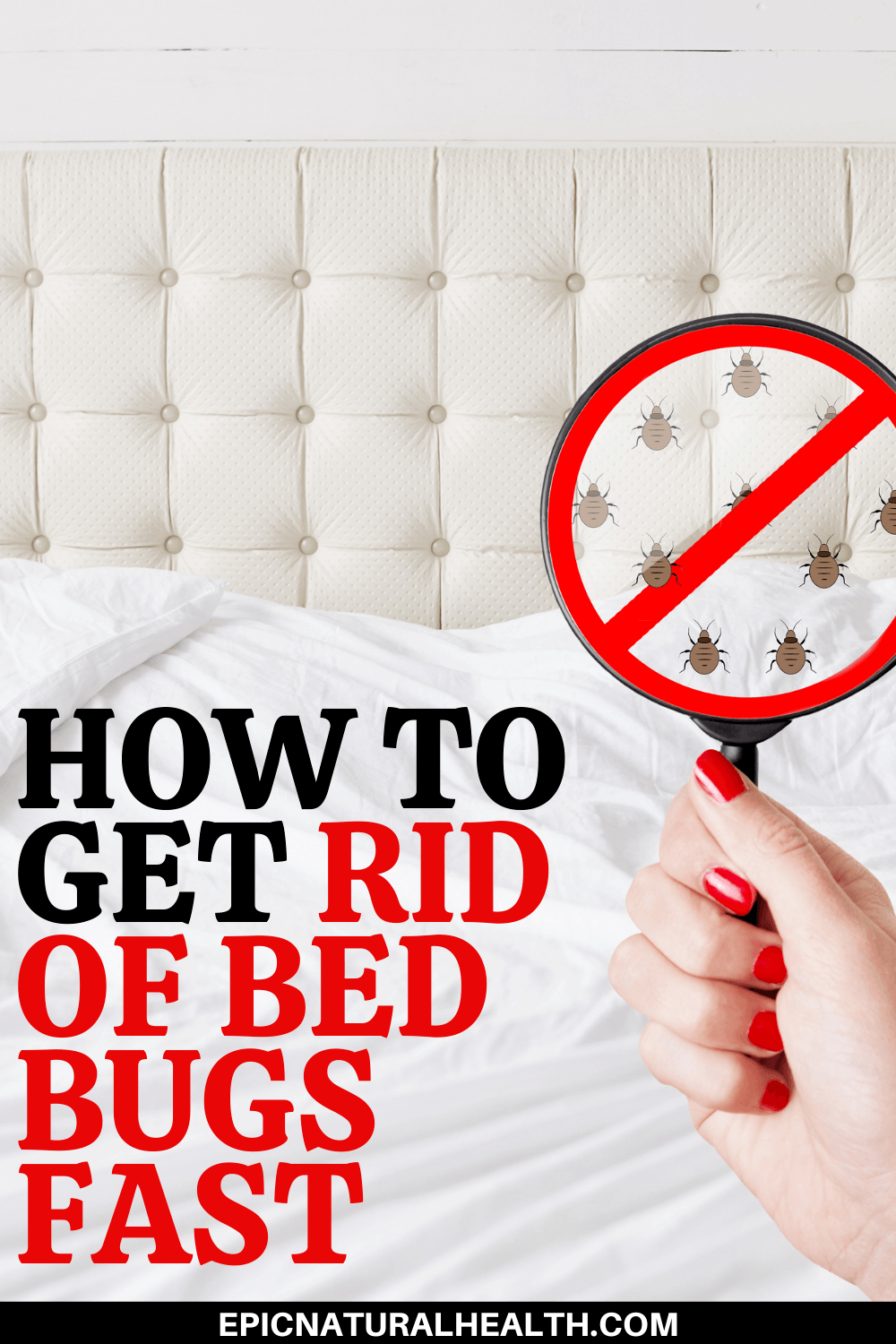
4. Vacuum your entire home
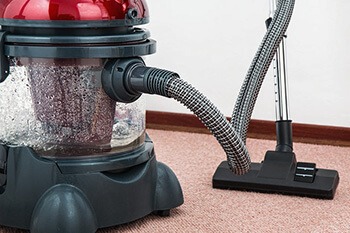
On the note of vacuuming, you should make sure to thoroughly vacuum your entire home, which will go some way to helping you remove bed bugs from the finickier locations. A vacuum can quickly suck the majority of bed bugs out of seams, zippers, trims, and other furniture crevices. It’s a good idea to repeat the whole-home vacuuming process several times over a number of days, which will help eliminate the biggest number of bugs.
Remember that while vacuuming bed bugs will get rid of them from your home, it’s only essentially solving half the problem. Your vacuum won’t usually kill the bed bugs, which means your vacuum bag is going to be infested with the critters. It’s wise to replace your vacuum bag after you’ve finished with it to prevent the bed bugs from re-entering your home once it’s bed bug-free.
5. Repel the bugs with tea tree oil
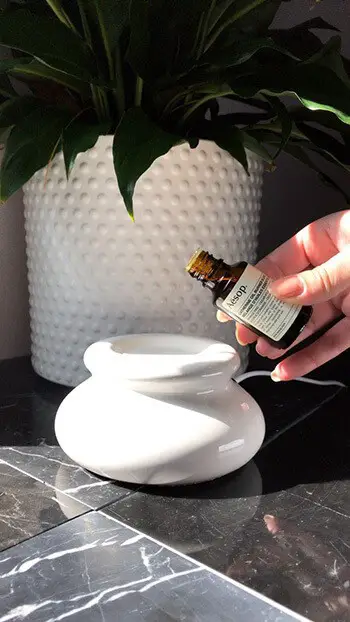
Tea tree oil can repel bed bugs and can be used as a natural insecticide against these pests. While tea tree oil kills bed bugs instantly, the problem is that it requires direct contact with the bug to work.
This makes it fairly ineffective because bed bugs are experts at hiding in your home. You may find that tea tree oil kills some bed bugs, but it won’t often keep up with their rate of reproduction.
However, spraying tee tree oil in popular bed bug locations will work to repel the bugs from your home to some extent. You can make your own tee tree oil spray by mixing 10 millilitres of tea tree oil with 90 millilitres of water. To make the oil mix with the water, add a squeeze of dish soap and shake to froth things up.
6. Steam clean your carpets and furniture
We’ve already mentioned that bed bugs are killed in high heat, and aside from laundering, steam cleaning your furniture and carpets is another effective method of bed bug elimination. The heat from the steamer will kill the majority of bed bugs and eggs, and they will die when exposed to temperatures higher than 50 degrees Celsius. Steam has the advantage of being able to get into cracks and crevices, where bed bugs like to hide.
If you’ve never steam cleaned before, make sure to follow the steam cleaner’s instructions carefully to avoid damaging your furniture. Keep in mind that if you use a steamer to get the creases out of your clothes, this type won’t be effective for bed bug treatment.
Also, it’s best not to use a carpet cleaning machine to eliminate bed bugs from your home, as these don’t usually reach high enough temperatures to kill the critters.
7. Use a lavender oil wash

Another effective herbal remedy for warding off bed bugs is to use lavender oil. The scent of lavender is thought to make a bed bug feel nauseous, and has even been found to result in their death. The advantage of this type of oil is that while it may kill bed bugs, most humans tend to find the scent of lavender quite pleasant.
You can use lavender oil in a number of ways to repel bed bugs. Try diluting your oil in water and spraying it over affected areas, like your bedding, your carpets, and cracks in the walls.
You may also benefit from creating a lavender oil wash that you can soak your clothing and other items in, which will give them the lavender scent and keep the bed bugs at bay.
8. Take appropriate prevention steps
Once all bed bugs are thoroughly eliminated from your home, you’ll want to take prevention steps to stop the bugs from returning. Clear up any clutter, such as unwanted décor and furniture, items like magazines and books, papers, and clothes.
Especially make sure to remove these from your floors, as bed bugs are attracted to warmth and easy hiding spots. Make sure to keep up a consistent vacuuming routine, which will eliminate the odd critter and prevent it from reproducing and causing an infestation.
As for your bed, the bed bug’s favourite residing place, cover your mattress with a bed bug cover and zip it all the way. Bed bug covers completely enclose your mattress, and are designed to trap existing bed bugs inside your bedding, so they can’t bite you.
Even more importantly, they prevent any new bed bugs from being able to get inside your mattress, so once the old bugs have died, your mattress will be bedbug-free once more.
What not to do
One popular home remedy for killing bed bugs is to spritz your home with rubbing alcohol. The formula works in two ways to eliminate the insects: first, it acts as a solvent, which means it eats away the bug’s outer shell. It then dries out the bug’s insides, finishing the job.
The major advantage of rubbing alcohol is that it also kills bed bug eggs. However, it only kills bed bugs on contact – not to mention that it’s highly flammable.
Even when dry, rubbing alcohol can still pose a fire hazard when you spray it on your furniture, curtains, and flooring. In short, you’d be safer using chemical pesticides than rubbing alcohol. It’s not worth the risk.
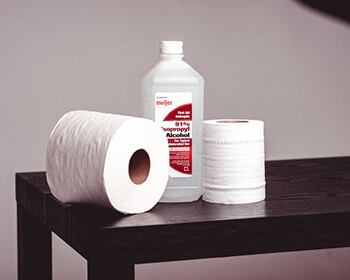
Conclusion
Getting rid of bed bugs can often feel like a never-ending task, and the only way to really see success is to persevere. While it might feel easier to call in the experts, if you’d rather save your money, there’s no reason why you can’t tackle a bed bug infestation yourself.
The majority of the remedies we’ve mentioned are time-consuming, but low cost. With the right level of dedication to the job, you should be able to entirely eliminate your bed bug problem after one to two weeks. If you feel you need a more commercial treatment then check out the ones below.

